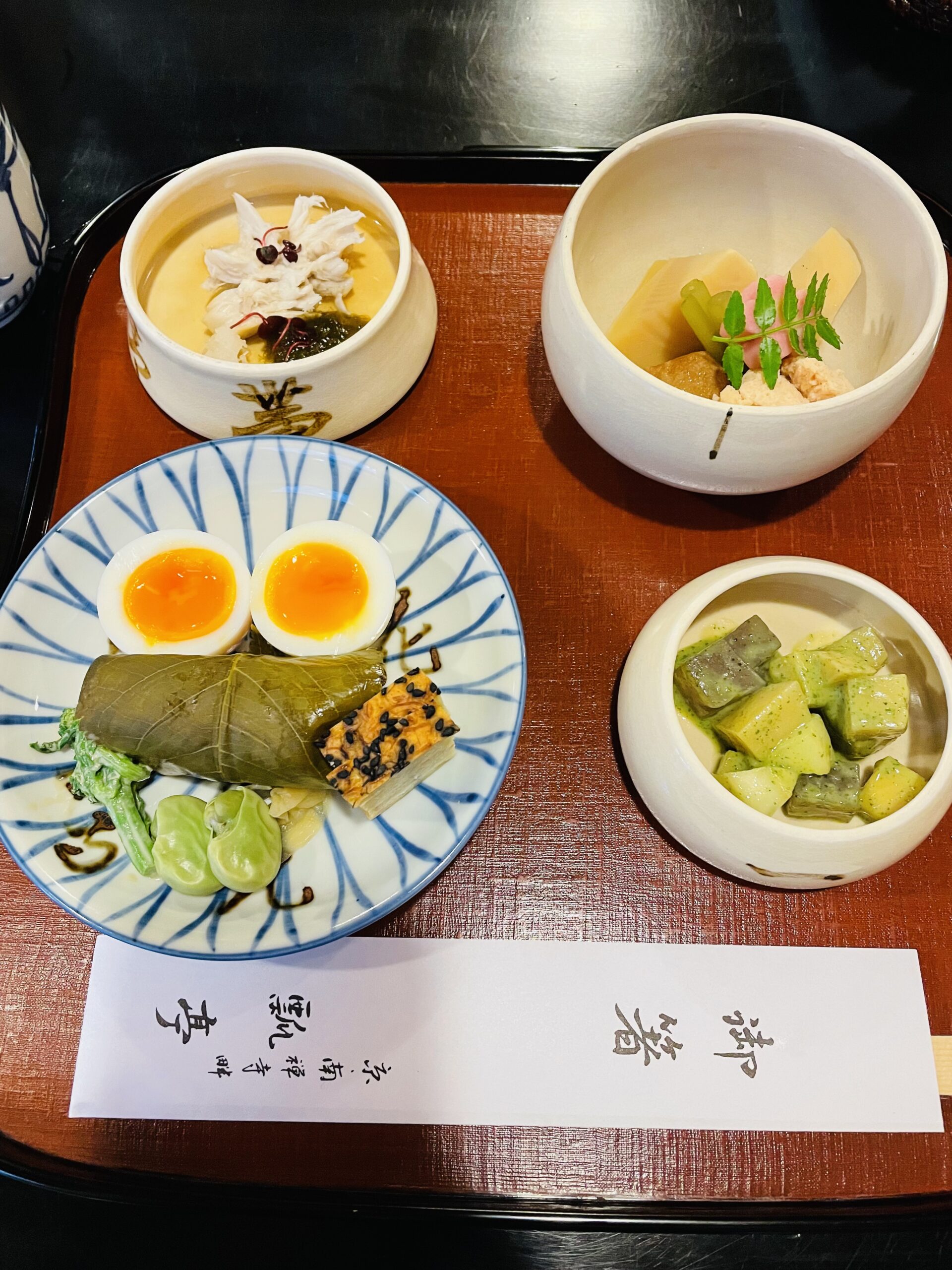In 646, the Japanese Imperial Court declared all land as state-owned and conducted a population census. Adult citizens were given land, but were obligated to pay taxes on it. The legal system was also reformed, following the example of the Tang Dynasty in China. This resulted in imperial bureaucrats being selected to govern the country, and powerful aristocrats gradually became government officials. These reforms strengthened the centralized control of the emperor.
Although the idea of giving land equally to all citizens seemed ideal, some land was barren, required cultivation, or had difficulty obtaining water, making it impossible for individuals to handle. As a result, some people were unable to pay the designated taxes and became fugitives.
Land that was originally state-owned but no longer cultivated, as well as land abandoned by those who fled, were collected by ruling classes such as the imperial family, nobles, temples, and shrines. This led to the creation of large-scale private lands known as “shoen” and tenant farmers. The rulers controlled the land, while the tenant farmers worked on the fields and the craftsmen produced goods. This provided a means of livelihood for the farmers and craftsmen, but the shoen lords obtained a way to generate income without leaving the capital.
Shoen existed from the 8th to the 16th century. Although they no longer exist today, there are places where we can easily see the vast private lands of temples in the past. For example, many Japanese people book trips to Kyoto just to have breakfast at a famous restaurant called Hyotei, known for its dishes such as Hyotei eggs and morning porridge.
Hyotei was originally the gatekeeper’s lodge of Nanzenji Temple. After passing through the main gate of Nanzenji and walking for a while, there is a humble entrance to Hyotei, which is surprising considering its fame. The vast grounds of Nanzenji Temple may have been a shoen in the past.
Currently, there are plans to construct apartments and hotels within the grounds, which is a concern as it may disturb the tranquility. I visited Hyotei’s annex in 2022, and the morning porridge cost 5500 yen. It was a truly Kyoto-style breakfast.
